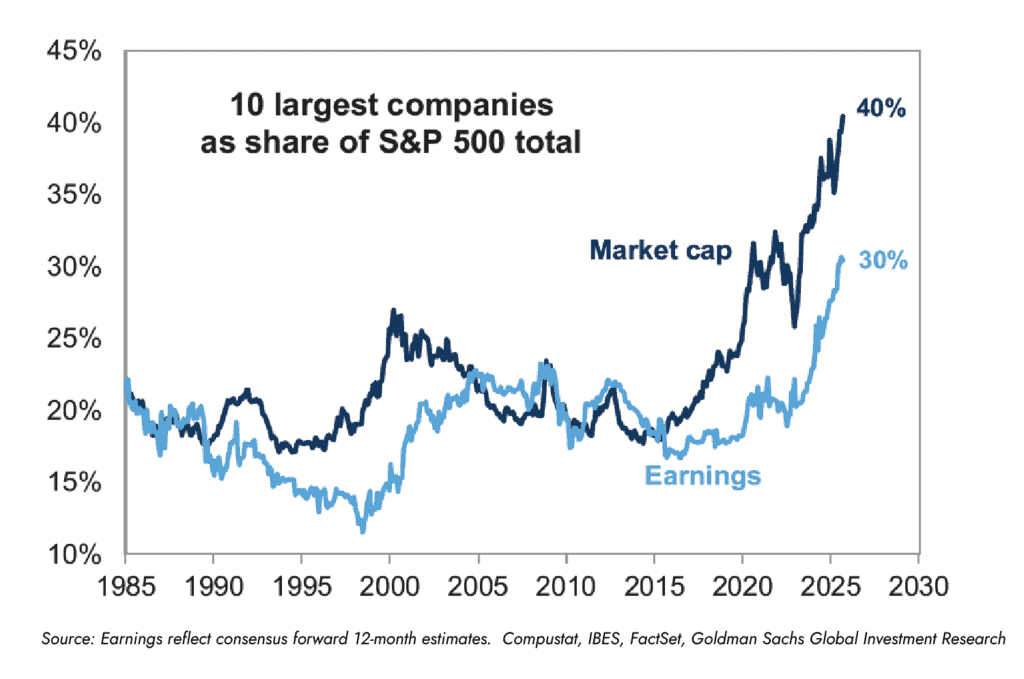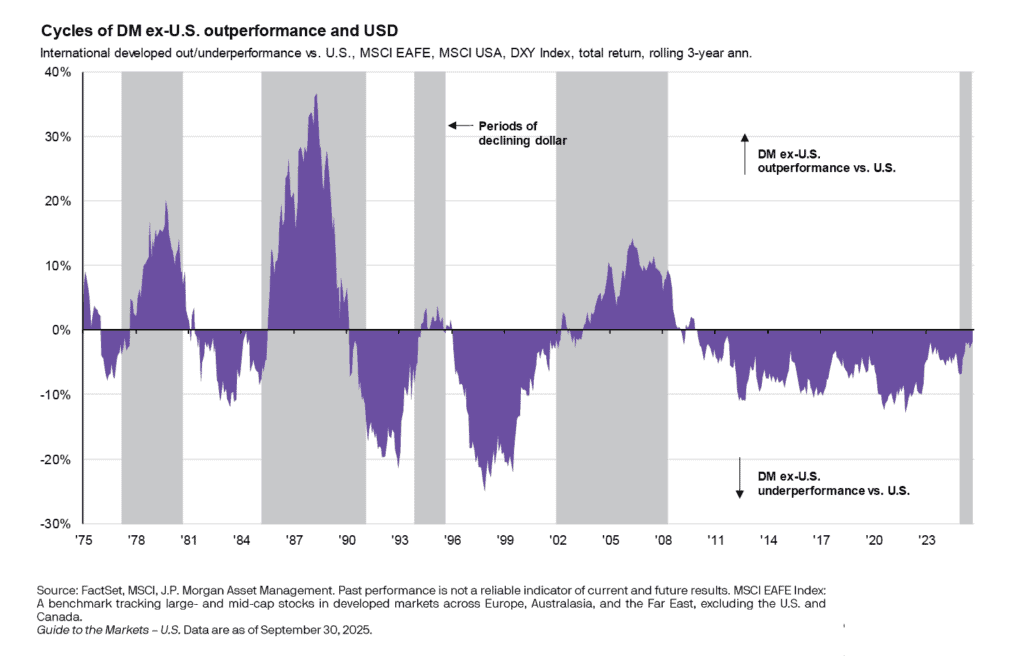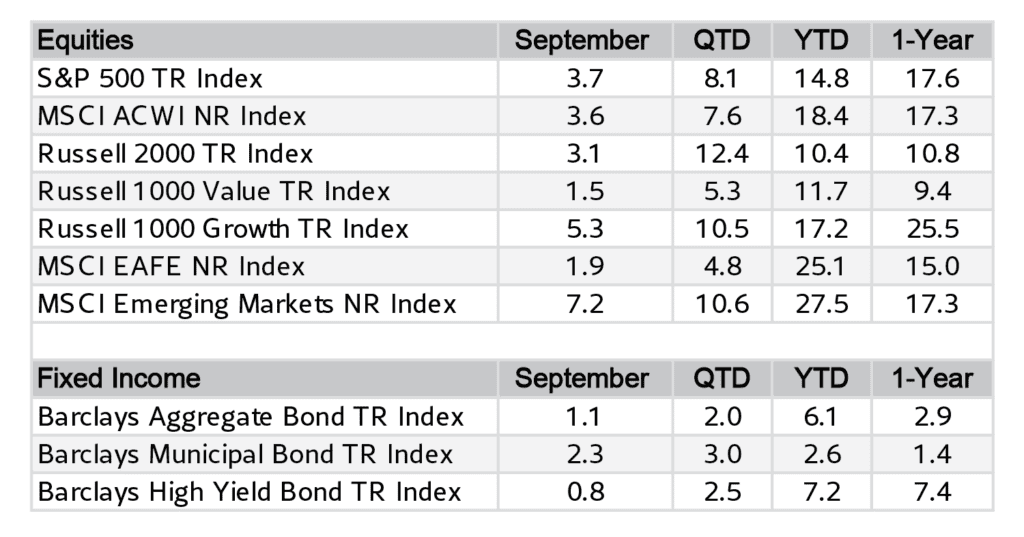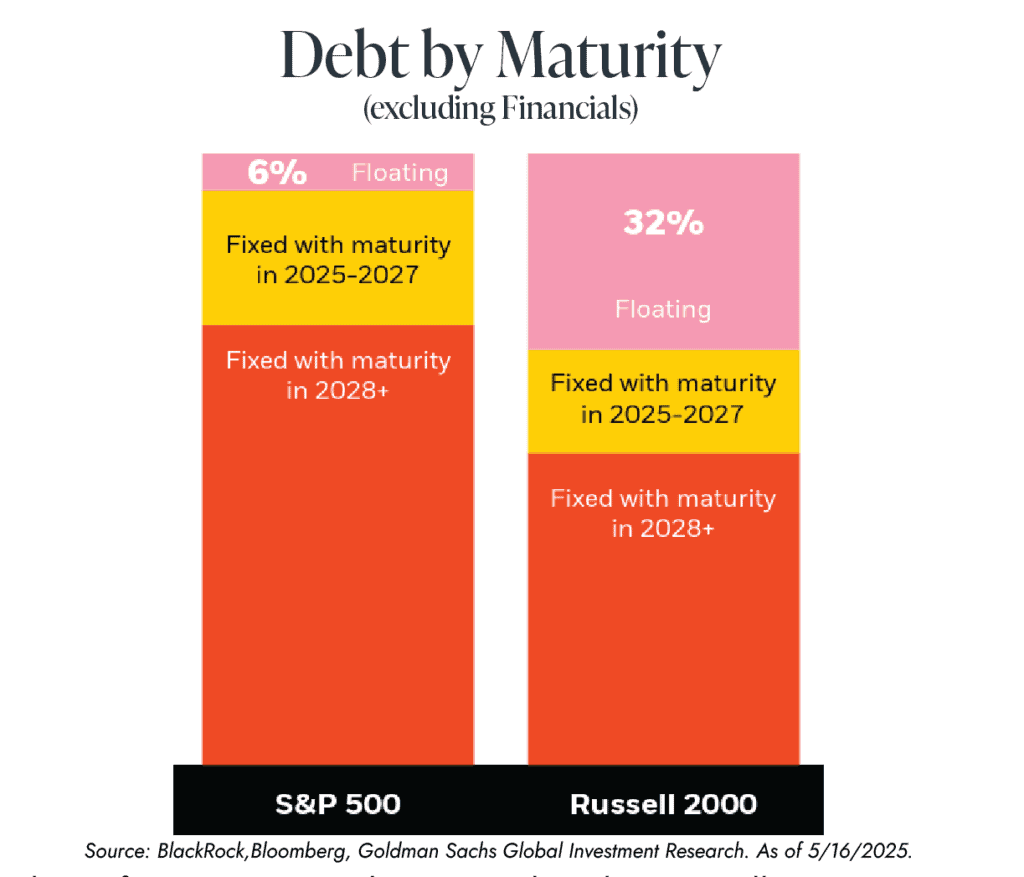The One Big Beautiful Bill Act (OBBBA), signed into law on July 4, 2025, is one of the most comprehensive tax reforms since the 2017 Tax Cuts and Jobs Act (TCJA). While originally many TCJA provisions were set to expire at the end of 2025, OBBBA makes several of them permanent and introduces new deductions and planning opportunities. For both individual taxpayers and business owners, the legislation introduces significant changes that will affect financial strategies for years to come.
What Provisions Are Now Permanent?
OBBBA locks in several of the tax code changes first introduced under TCJA. These are no longer set to expire:
Marginal tax rates remain at their current levels: 10%, 12%, 22%, 24%, 32%, 35%, and 37%. The lower 10% and 12% brackets are a little wider and the 22% bracket is narrower. All brackets will continue to be adjusted for inflation annually.
Standard deduction levels, which were roughly doubled by TCJA, are now permanent. For 2025, this now means $15,750 for single filers, $23,625 for head of household filers, and $31,500 for joint filers.
Personal exemptions remain eliminated.
Estate tax exemption is permanently increased and set to $15 million per individual beginning in 2026.
The Child Tax Credit increases to $2,200 per child, and for the first time, the credit amount will be indexed to inflation beginning in 2026.
The Qualified Business Income (QBI) deduction, also known as the Section 199A deduction, is permanently available for pass-through businesses, with continued income thresholds and limitations for specified service trades or businesses (SSTBs).
Temporary Enhancements for Individual Taxpayers
While many TCJA provisions are now permanent, OBBBA also introduces several new or enhanced deductions—many of which are temporary, lasting only through 2028 or 2030.
New Senior Deduction (2025–2028)
Taxpayers age 65 or older can now claim a separate below-the-line deduction of $6,000 (or $12,000 for joint filers where both spouses are 65+). This is in addition to the standard deduction and is available whether the taxpayer itemizes or not. This was marketed as “no tax on Social Security,” but Social Security income taxation remains unchanged.
However, this benefit phases out for higher-income seniors:
Begins to phase out at $75,000 of modified adjusted gross income (MAGI) for single filers.
Begins to phase out at $150,000 MAGI for joint filers.
This deduction provides meaningful relief for lower- and middle-income retirees, especially those not drawing heavily from tax-deferred retirement accounts.
Expansion of the State and Local Tax (SALT) Deduction (2025–2029)
The $10,000 SALT deduction cap is not eliminated, but it is temporarily raised to $40,000 for individual taxpayers whose MAGI is below $500,000:
Applies for tax years 2025 through 2029.
For those filers (single, head of household, or joint) above the MAGI threshold, the higher cap amount begins to phase back down to $10,000 once income reaches $600,000.
In 2030, the cap reverts to $10,000 for all taxpayers unless further legislative action is taken.
This creates meaningful short-range planning opportunities for taxpayers in high-tax states, particularly those under the income threshold.
Other Targeted Deductions and Adjustments
OBBBA adds a handful of new deductions designed to support working-class and lower-middle-income taxpayers, though many are capped and subject to phase-outs.
Below-the-Line Charitable Deduction (Starting in 2026)
Beginning in 2026, taxpayers who either take the standard deduction or itemize will be allowed to deduct a portion of their charitable contributions:
Up to $1,000 for single filers.
Up to $2,000 for married couples filing jointly.
This provision revives and slightly expands the temporary charitable deduction that existed during the COVID pandemic and encourages broader charitable participation. Donations must be made similarly in cash and cannot be made to supporting organizations or donor advised funds.
Taxpayers who elect to itemize their charitable contributions are now subject to a 0.5% of AGI floor beginning in 2026. Notably, the 0.5% reduction is carried forward to the following year only if the contribution exceeds the AGI limit and is deferred to a future year. As a result, it can sometimes make sense to contribute more than the annual AGI limit, since doing so allows the 0.5%-of-AGI reduction to be “used” later instead of otherwise being simply lost. Additionally, taxpayers in the top marginal bracket of 37% will only be able to deduct 35 cents of every dollar (2/37ths reduction).
Deduction for Tip Income (2025–2028)
A new below-the-line deduction allows service industry employees to deduct up to $25,000 of qualified tip income from their taxable income. Income from tips is still subject to payroll tax, included in adjusted gross income (AGI), and may also be subject to state income tax.
The deduction phases out starting at $150,000 of MAGI for single or head of household filers and $300,000 for joint filers.
To qualify, the taxpayer must work in an occupation that “traditionally and customarily” received tips prior to 2025, and the tips must be voluntary and not mandated as part of the service provided.
This benefit is limited to tax years 2025 through 2028.
Deduction for Overtime Pay (2025–2028)
Workers who earn additional compensation from overtime can deduct below-the-line:
Up to $12,500 of overtime income (single).
Up to $25,000 (married filing jointly).
As with the tip deduction, phase-outs begin at MAGI of $150,000 for single and head of household filers and $300,000 for joint filers. This deduction is also limited to the 2025–2028 period.
Deductible Auto Loan Interest (2025–2028)
Taxpayers can deduct interest on auto loans (taken out after December 31, 2024), but only under specific conditions:
The vehicle must be new, for personal use, and assembled in the United States. A car VIN starting with digits 1, 4, 5, or 7 indicates the car was assembled in the USA.
The deduction is capped at $10,000 of interest over the life of the loan.
MAGI phase-outs apply: $100,000-$149,000 for singles and $200,000-$249,000 for joint filers.
Applies only through 2028.
This provision aims to promote domestic car manufacturing and ownership, especially for middle-income households.
Business Owners: Key Considerations
Qualified Business Income (QBI) Deduction
The Section 199A QBI deduction remains intact and permanent. Business owners should continue monitoring the slightly increased income phaseout ranges of $75,000 and $150,000 over the taxable income thresholds of $191,950 single / $383,900 joint in 2025, respectively.
AMT (Alternative Minimum Tax) Changes
OBBBA reduces the AMT exemption phase-out thresholds, making more upper-income taxpayers potentially subject to AMT.
Although the base exemptions remain similar, more taxpayers earning between $500,000 and $1 million may need to recalculate.
For small business owners, this means more intricate AMT exposure modeling may be necessary to avoid surprises. The interplay between the QBI deduction and the AMT may become more relevant, especially after 2030, when the SALT cap reverts.
100% bonus depreciation of business property placed into service after January 19, 2025 is permanently restored and Section 179 deduction limits are increased to $2.5 million in aggregate total cost on up to $4 million in total Section 179 property.
Other Notable Updates
New “Trump Accounts” are introduced, which can be opened and funded on behalf of any individual with a Social Security number from birth up until the year before the year in which they turn 18.
The federal government will pilot a program to contribute $1,000 via taxpayer credit per U.S. citizen born in 2025, 2026, or 2027.
Families can contribute up to $5,000 annually indexed to inflation starting in July 2026.
Accounts function similarly to traditional IRAs and are designed for general future savings. No distributions are allowed before the year the beneficiary turns 18 and the only eligible investments are low-fee U.S. equity funds. If the beneficiary dies prior to the year in which they turn 18, the account loses its tax-deferred status and is fully taxable to the designated beneficiary.
In the year the beneficiary turns 18, distributions are permitted but early withdrawal penalties are assessed before age 59 ½. Withdrawals of direct contributions are tax-free but earnings or excluded contributions are taxable.
Required minimum distributions (RMDs) and the 10-year rule for IRAs will likely apply to these accounts. More guidance is needed to determine if these types of accounts can be rolled over to other IRAs or converted to a Roth IRA.
Qualified Small Business Stock (QSBS) capital gain exclusion has increased from $10 million to $15 million for QSBS acquired after July 4, 2025. There is a partial gain exclusion if held for less than 5 years.
Student Loans
Federal student loan borrowers will now face a number of changes effective on July 1, 2026. It will significantly curtail most direct borrowing and limit educational opportunities for less affluent families unless they are able to borrow privately:
GraduatePLUS loan program eliminated (grandfathered in before July 1, 2026)
ParentPLUS annual and aggregate loan limits of $20,000/yr and $65,000 per dependent student, respectively
Graduate and professional annual and aggregate loan limits of $20,000/50,000/yr and $100,000/$200,000 total
$257,500 lifetime borrowing limit on all federal student loans, excluding borrowed ParentPLUS loan amounts
Student loan repayment options simplified to standard repayment plan (10, 15, 20, or 25 years), income based repayment (IBR) plan, or new Repayment Assistance Plan (RAP). Current borrowers will need to elect one of these options by July 1, 2028 or default to RAP.
RAP has a $10 minimum monthly payment and borrowers will pay 1% to 10% of their monthly income for up to 30 years. There is no cap on monthly payments, even if they are greater than the standard repayment plan. However negative amortization is eliminated.
Opportunity Zones and Education
OBBBA renews and expands Qualified Opportunity Zones, which allow for the deferral and potential exclusion of capital gains invested in targeted communities. The definition of low-income areas will be slightly more restrictive and investors can begin deferring capital gains into new Qualified Opportunity Funds (QOFs) again in 2027.
529 plans now allow withdrawals for certain non-college expenses, such as workforce certifications and educational supplies.
These changes broaden the use of tax-advantaged accounts and should be considered when reviewing education and estate planning strategies.
Many clean energy credits will be repealed by year end instead of the originally scheduled sunset dates between 2032 and 2035.
Final Thoughts: What This Means for Planning
OBBBA delivers both permanency and novelty. While it removes the looming TCJA expiration cliff, it introduces a handful of temporary deductions and phase-outs that clients must navigate carefully.
The most effective plans will be those that adapt to the temporary and permanent elements of OBBBA. This legislation reinforces the idea that financial planning isn’t a one-time activity—it’s a dynamic process that evolves with the law, and your financial plan should too.
Please reach out to your Confluence Financial Partners wealth advisor with any questions.
Sources:
119th Congress (2025-2026) | Library of Congress. (2025, July 4). H.R.1 – One Big Beautiful Bill Act. Congress.gov https://www.congress.gov/bill/119th-congress/house-bill/1/text
Henry-Moreland, B. (2025, July 17). Breaking Down The “One Big Beautiful Bill Act”: Impact Of New Laws On Tax Planning. Nerd’s Eye View | Kitces.com https://www.kitces.com/blog/obbba-one-big-beautiful-bill-act-tax-planning-salt-cap-senior-deduction-qbi-deduction-tax-cut-and-jobs-act-tcja-amt-trump-accounts/
NASFAA. (2025, July). Federal Student Aid Changes from the One Big Beautiful Bill Act. National Association of Student Financial Aid Administrators. https://www.nasfaa.org/uploads/documents/Federal_Student_Aid_Change_OB3_July2025.pdf








